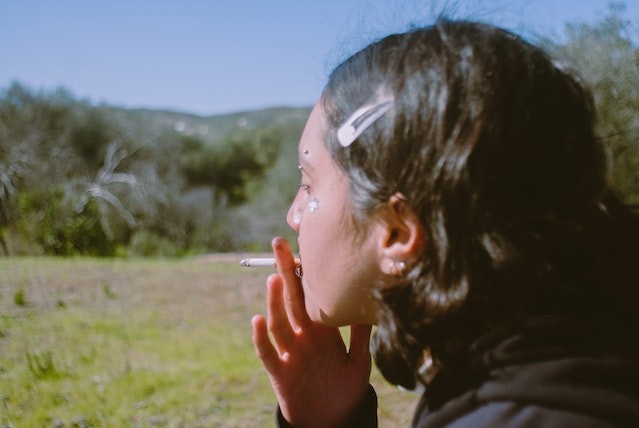
A man from Ohio suffered from a rare condition called "hairy tongue." A report says that his tongue turned green and hairy due to smoking while taking antibiotics.
Man From Ohio With Green Hairy Tongue
The 64-year-old man noticed his tongue was beginning to change color a few weeks before visiting a primary care facility. The man had finished taking a course of the antibiotic clindamycin for a gum infection about three weeks before going to the doctor, Daily Mail reported.
He admitted that he smoked. It is unknown how long he had smoked, and the case report's authors did not say if the disease was particularly brought on by smoking, using antibiotics, or a combination of the two.
But prior studies have shown that smoking can adversely affect dental health, including the accumulation of bacteria and plaque.
Meanwhile, medications can change the microbiome in the mouth, causing bacteria to change and build up on the tongue.
The individual was diagnosed with a hairy tongue, which is indicated by an abnormal coating on the tongue's top surface, also known as the dorsal area.
A deposit of dead skin cells on the papillae, or taste buds, on the tongue causes a hairy tongue. Then, the papillae lengthen above usual, giving the tongue a hairy appearance.
They also catch other things, including yeast and germs.
There are no symptoms most of the time, although occasionally, the tongue may burn. This results from yeast and bacteria accumulating on the tongue's surface.
The syndrome is often transient and very harmless.
While it can happen at any age, a hairy tongue is most frequently encountered in older people. Men experience it more often than women do.
While the tongue normally turns black, it can also turn brown, yellow, or green. The American Academy of Oral Medicine (AAOM) estimates that it affects 13% of Americans.
ALSO READ : Viral TikTok Trend Mouth Taping That Claims To Solve Bad Breath Makes No Sense, Dental Expert Says
What Cause Hairy Tongue, How to Avoid It
Hairy tongue can be brought on by poor oral hygiene (not cleaning your mouth), medicine use, prolonged or chronic antibiotic use, radiation therapy to the head and neck region, excessive coffee or tea consumption, or tobacco use. People without teeth are also susceptible because their soft food diet prevents the papillae from being shed normally, per AAOM.
Generally, a hairy tongue is transient. By maintaining appropriate dental hygiene, you can get rid of it. The buildup can be removed by using a tongue scraper or toothbrush. The dentist or another qualified oral health practitioner should be consulted by anyone with a persistent tongue coating.
Buildup or surgical procedures may treat a hairy tongue that does not go away with these straightforward remedies.
Be sure to maintain adequate dental hygiene to avoid the condition. A regular element of daily oral hygiene routines should include brushing the top of the tongue. Since many people are sensitive, they frequently "gag" during this process. It helps to gradually move backward using a little brush to help with this issue. Tongue scrapers, often known as tongue cleaners, are widely available. Consult your dentist or someone knowledgeable if you still have trouble cleaning your tongue.
Also, one should note that those with hairy tongues will likely suffer from recurrence.
RELATED ARTICLE: How Do 7 to 9 Hours of Sleep Help Improve Mental Health
Check out more news and information on Medicine & Health in Science Times.











